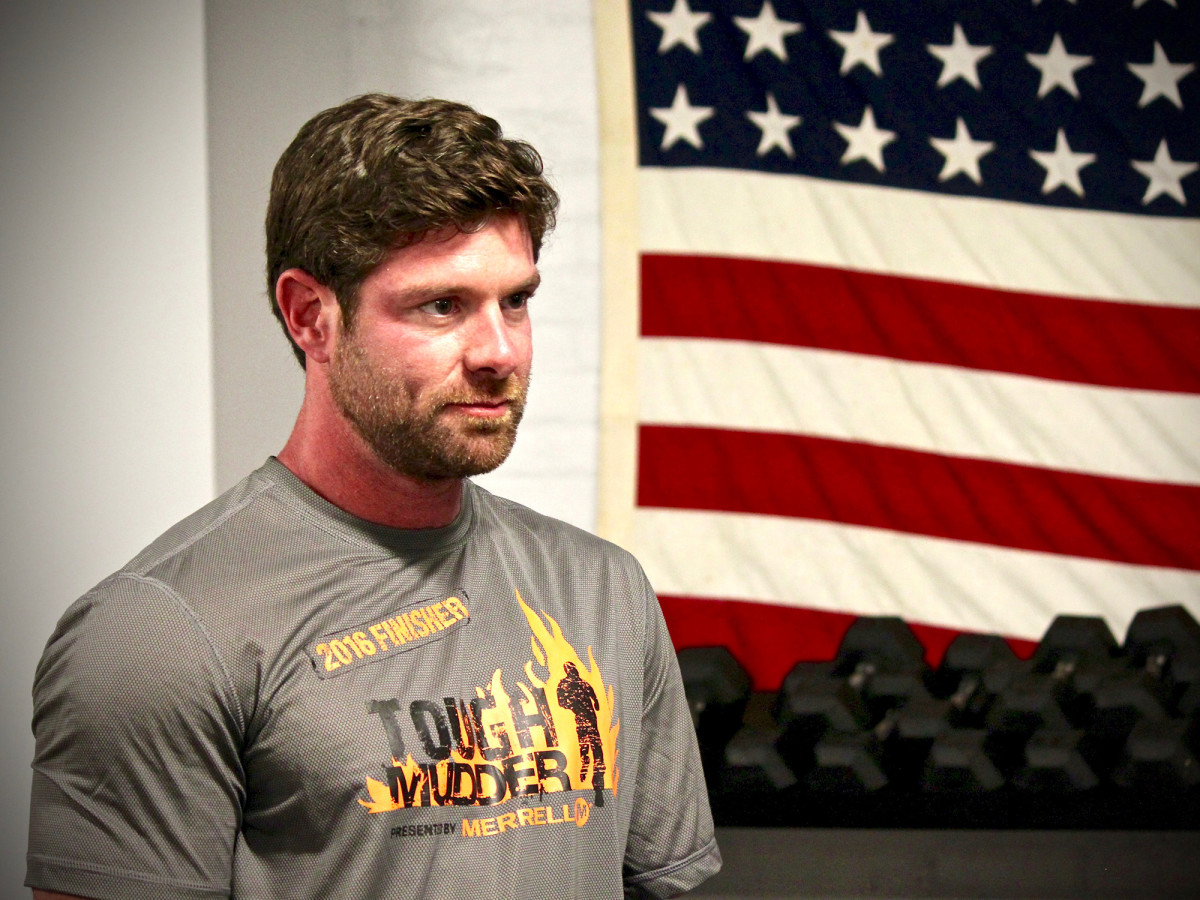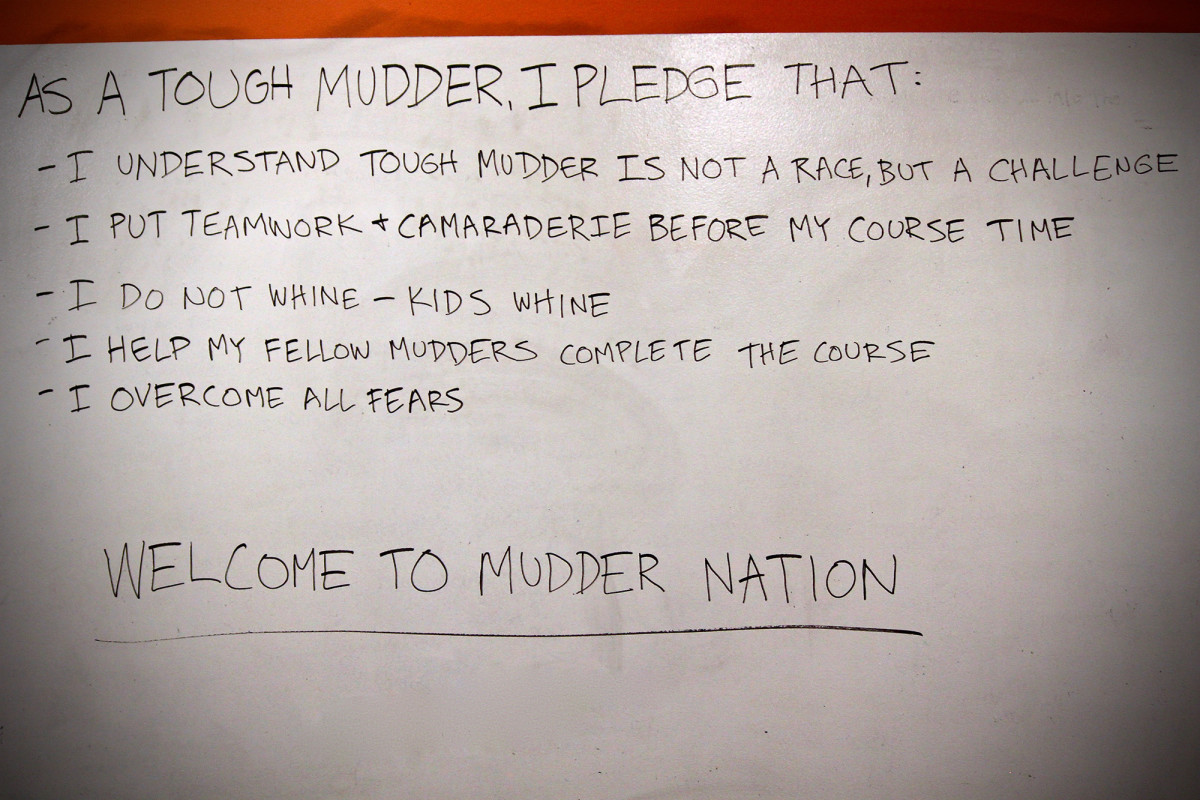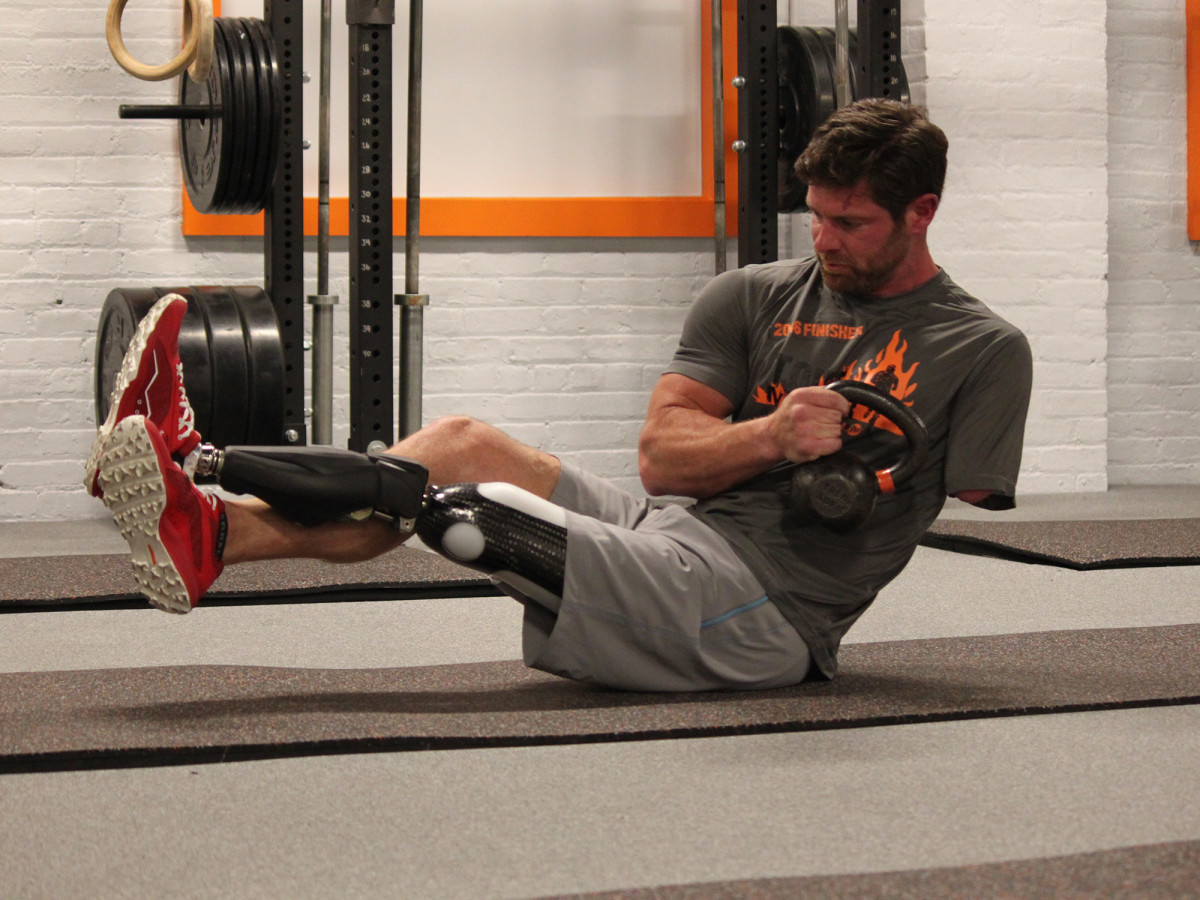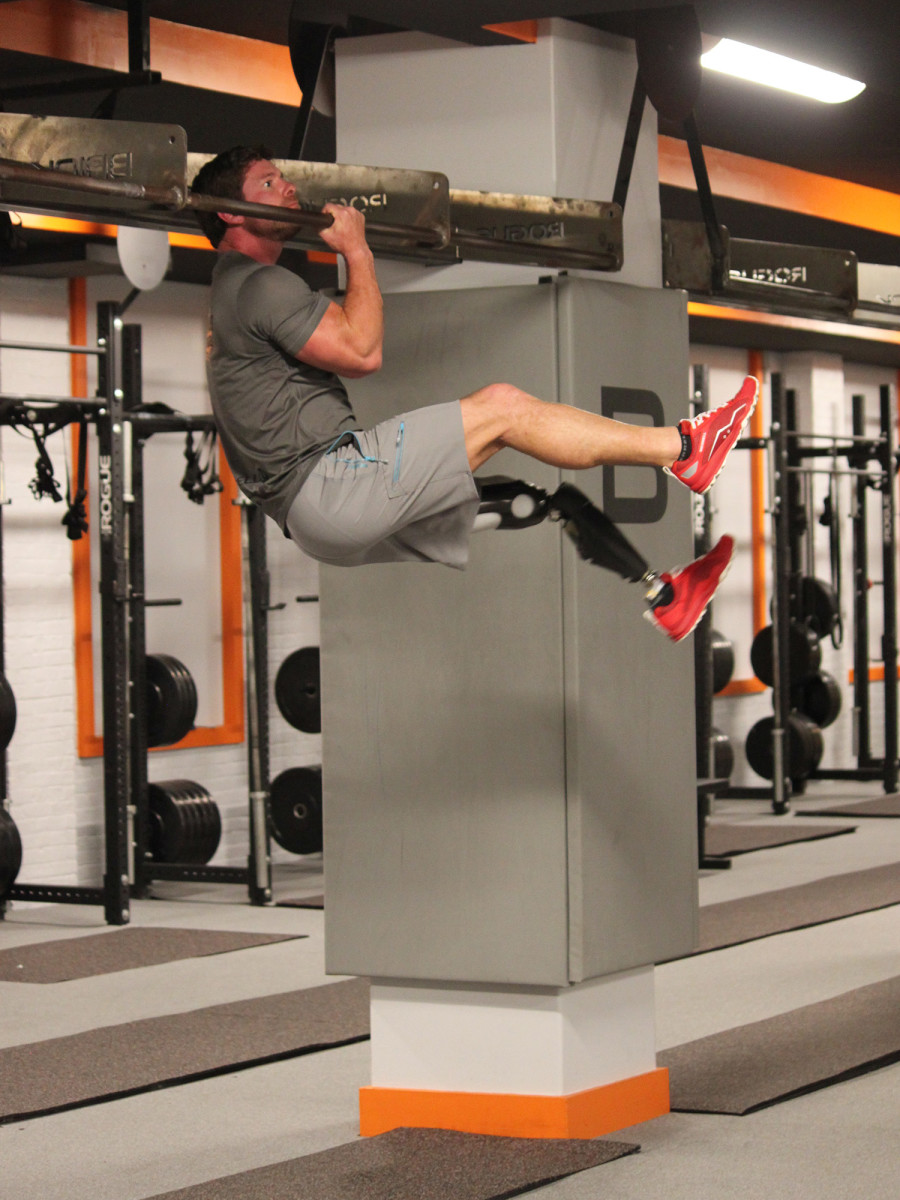Army vet Noah Galloway’s tips for conquering a Tough Mudder obstacle race

You probably recall Noah Galloway from his appearance on ABC’s Dancing with the Stars—the Army veteran, who lost his left arm and left leg during an improvised explosive device (IED) attack in Iraq 11 years ago, finished third on the 20th season of the show in 2015 and captured the hearts of America along the way.
But before he rose to stardom, Galloway, 34, spent years battling depression. He turned to fitness to help him out of his downturn, but recently—after finding success through motivational speaking, appearing on the first season of American Grit and writing a memoir, Living with No Excuses: The Remarkable Rebirth of an American Soldier—he’s developed a new relationship with the gym.

“When I used fitness to pull me out of depression, I thought that was the answer, the end-all be-all to everything,” Galloway says. “I still believe there is no medicine out there that can compare to a healthy, active life. But now I am extremely busy and not working out everyday and I’m not losing my mind, and that's because I’ve set new goals for myself.”
In 2010, a friend reached out to Galloway to participate in a 5k obstacle course race and his interest in athletic challenges grew from there. He completed more races and marathons and set a goal to complete a Tough Mudder, a 10-12 mile mud and obstacle course race designed to test both physical and mental strength.
Spartan world champ Robert Killian's obstacle course racing training plan
“I did my first one in 2010 in Austin, Texas. And now I’ve done 14 or 15,” he says. To train, Galloway modifies exercises and uses machines to help him perform specific exercises, but adds: “Obstacle course races are not designed for people without an arm and a leg.”
As he gets older, Galloway says he’s adjusted his workouts to fit his lifestyle and the capabilities of his body.
“I’m not gonna go run a Tough Mudder as quickly as I did before but I can still run it. I ran one a few months ago and I thought it was going to kill me, but it didn’t,” he says. “It took me evolving as person to see that I may not be able to do the things I used to in my 20s, but I can still maintain an athleticism that I’m comfortable with. And I think anyone can learn from that.”
Sweat Mecca: Once America’s largest bank hall is now Under Armour's deposit in fitness
Now, Galloway says, he tries to get in the gym at least three times a week for a quick, high intensity full body workout. For the average person looking to complete an obstacle race or run, Galloway advises to start small.
“You don’t have to live in the gym,” he says. “Find a 5k or something and put it on your calendar. You may fall off the wagon a couple times but you’re more likely to climb back in if you know you have to show up to a race. It’s good to have that goal.”

Tough Mudder also offers a half race, a shorter distance that doesn't have some of the extreme obstacles, such as the ice bath, fire or electric shock therapy, but still features the core principles of the race—“camaraderie, working together and connecting with people,” Galloway says.
“It’s all designed to intimidate you, but for you to overcome it. And that’s all mental,” Galloways says. “Just like everything else in life, when there is something that is scary, you have to go after it. You don’t avoid it, because if you avoid it, you’re never going to overcome anything.”
Galloway’s Tough Mudder training tips
This year, Tough Mudder tagged Galloway as one of its "Muddervators," or people who inspire and help others prepare to run the course. Below, he shares his tips and training advice for crossing the finish line and making the most of your race-day experience.

1. Run outside whenever you can—even better, take your run to the trails whenever possible. The terrain on a Tough Mudder course is nothing like running on a treadmill or even on pavement. Often times, people are so focused on the obstacles that they overlook the running portion, but the full Tough Mudder is 10-12 miles so make sure you’re ready for that.
2. When running outside, keep in mind that you’re not training for a marathon. You’ll have plenty of time to rest between obstacles, so work on your sprints and interval running instead of longer distances. On race day, take time in between obstacles to talk with your team, get to know some of your fellow Mudders, and pause to rest so you can conserve energy to enable you to finish the course.
3. Do movements that mimic obstacles. Work on strengthening your back and “pulling muscles” as many of the obstacles require good upper-body strength. Moves like pull-ups, dumbbell curls and push-ups will strengthen your arms, chest, lats and shoulders.
4. You don’t need a fancy gym membership or lots of equipment. I find ways to train even when I’m at the park with my kids. Do things that simulate what you’ll do on the course, such as pull-ups, dips or monkey bars.
5. It’s better to look crazy doing a fitness regime that works, than not be prepared for the course. That said, I often do things like army-crawls on an open field or even my front lawn to get used to some of the obstacles. It’s one of the best ways to work your whole body.

6. Training harder is not an excuse to eat whatever you want. Nutrition is critical and you’ll need that energy on the course, so make sure you’re eating foods that nourish your body. And don’t be afraid of important carbs. Get rid of white bread but be sure to fuel up on things like brown rice and sweet potatoes.
7. Don’t wear baggy clothing, 100%-cotton material or anything that absorbs water. You want gear that’s non-absorbent and moisture-wicking, and shoes that drain easily. Merrell is my go-to brand for Tough Mudder.
8. Train with a partner, preferably one of your team members. Having a partner will give you both the accountability to train hard and often, and the motivation to push to the limit. The course is more mental than physical and you’ll also be more prepared to conquer the course together if you can train as a team.
9. Rest. Giving your body time to recover is just as important as training. Take to time to rest, recover and rehydrate.
10. Find ways to stay motivated. I train with a buddy or teammate to hold myself accountable on the days when I feel like skipping a workout. I always try to remember why I do Tough Mudder—to be my best self, work together, inspire others, and prove to myself that I’m capable of overcoming any obstacles. You may surprise yourself—one of my best workouts happen on days that I was contemplating skipping a workout. You’ll never regret it.
